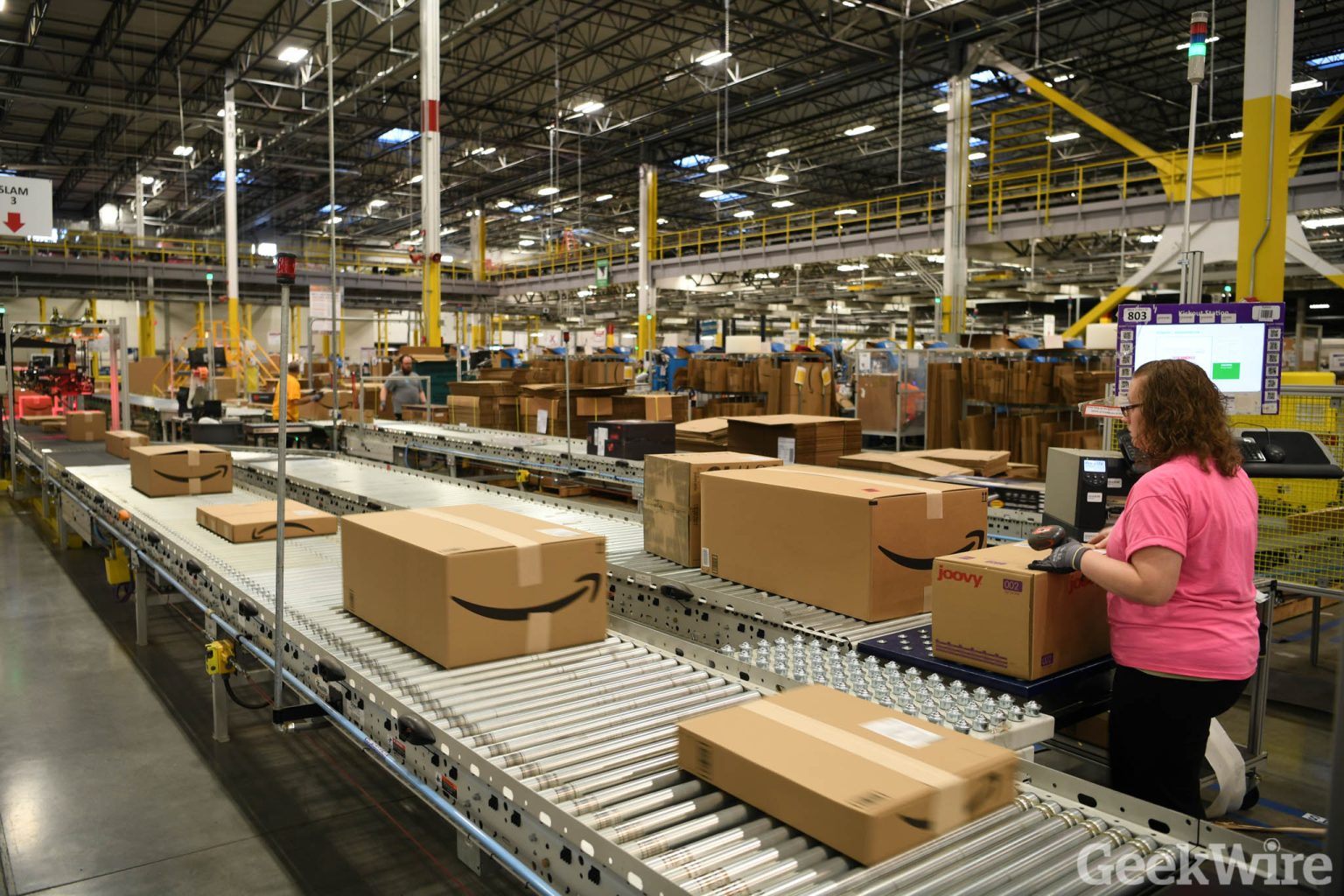Amazon is shutting down a warehouse in Tukwila, Washington, leading to the layoff of 172 employees. The closure was confirmed by the company, with Amazon spokesperson Sam Stephenson stating that affected employees will be offered opportunities to transfer to other nearby facilities or receive support if they choose not to stay with Amazon. This decision is part of Amazon’s ongoing evaluation of its network to ensure that it meets business needs and enhances the overall experience for employees, customers, partners, and drivers. Amazon employs 75,000 people in the Seattle region, mainly corporate and tech workers, out of a total workforce of 1.52 million globally.
Amazon’s year-over-year growth in headcount is primarily driven by its warehouse-related operations. The company recently set new records for Prime delivery speeds in the first quarter of the year, emphasizing a move towards regional fulfillment centers. These centers allow Amazon to divide the country into smaller, more manageable regions for quicker and more efficient delivery. Doug Herrington, an Amazon executive, announced plans to double the number of smaller Same-Day Delivery facilities in the coming years, highlighting Amazon’s commitment to expanding its distribution network to meet customer demand.
Last year, Amazon laid off 27,000 corporate workers, but warehouse jobs were not affected by these cuts. The company’s relentless focus on improving its operational efficiency and delivery speed has led to strategic decisions such as closing older sites, enhancing existing facilities, and opening new sites as needed. With a global headcount increase of 4% year-over-year as of March 31, Amazon continues to evolve its network to adapt to changing market dynamics and customer expectations. The company remains committed to providing opportunities for employees to grow within the organization or transition to other roles within the company.
Amazon’s emphasis on regional fulfillment centers and smaller delivery facilities reflects its desire to optimize its logistics and supply chain operations. By strategically locating these facilities closer to customers, Amazon can fulfill orders more quickly and efficiently, enhancing the overall shopping experience for Prime members. The company’s ongoing investment in its delivery infrastructure demonstrates its commitment to meeting the growing demand for fast and reliable delivery services. Amazon’s continuous efforts to expand and improve its distribution network play a crucial role in maintaining its competitive edge in the e-commerce market and meeting the expectations of its customers.
The closure of the warehouse in Tukwila is part of Amazon’s broader strategy to optimize its fulfillment network and ensure that it remains aligned with business needs and operational efficiency goals. While this decision results in layoffs for some employees, Amazon is offering support and opportunities for affected individuals to transition to other roles within the company. By evaluating its network and making strategic decisions about site closures, expansions, and enhancements, Amazon aims to enhance the overall experience for employees, customers, partners, and drivers. The company’s commitment to continuous improvement and innovation in its logistics and delivery operations positions it for future growth and success in the competitive e-commerce landscape.
Amazon’s growth in headcount, particularly in its warehouse-related operations, underscores the company’s continued emphasis on expanding its distribution network to meet increasing customer demand. The focus on regional fulfillment centers and smaller delivery facilities reflects Amazon’s commitment to optimizing its logistics operations and improving delivery speed and efficiency. By doubling the number of Same-Day Delivery facilities and setting new records for Prime delivery speeds, Amazon is positioning itself to meet the evolving needs of its customers and maintain a competitive advantage in the e-commerce market. As Amazon continues to evolve and expand its fulfillment network, it is essential for the company to assess, adapt, and optimize its operations to support continued growth and success in the ever-changing retail landscape.


